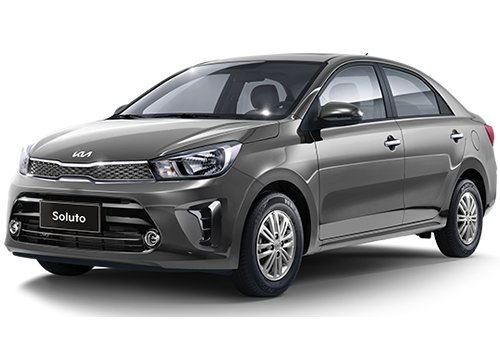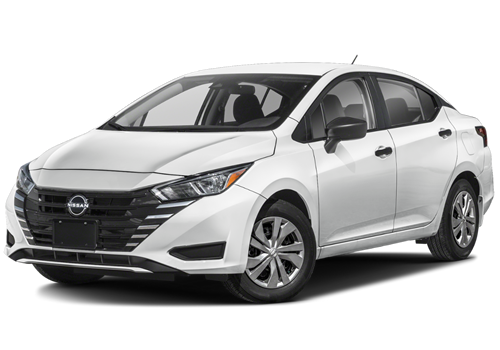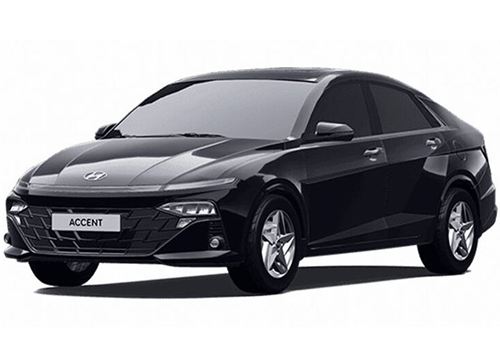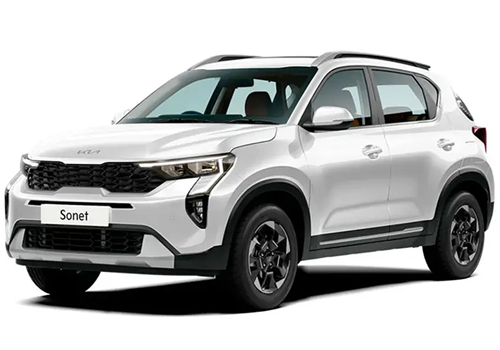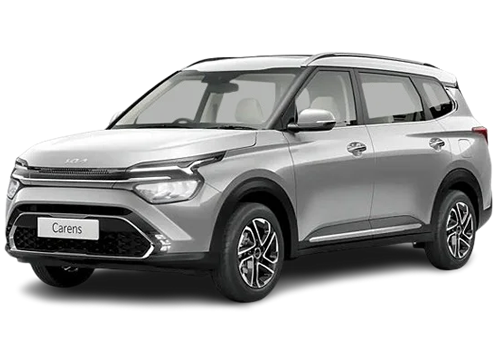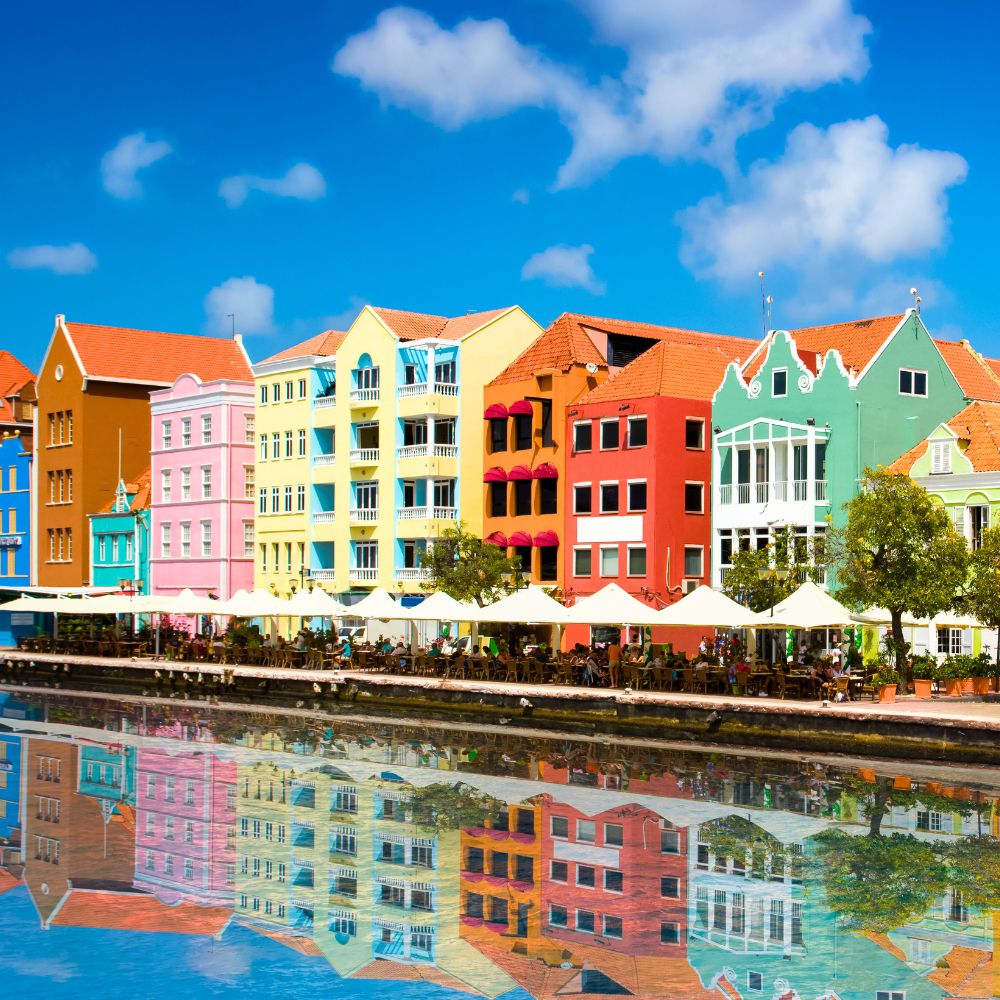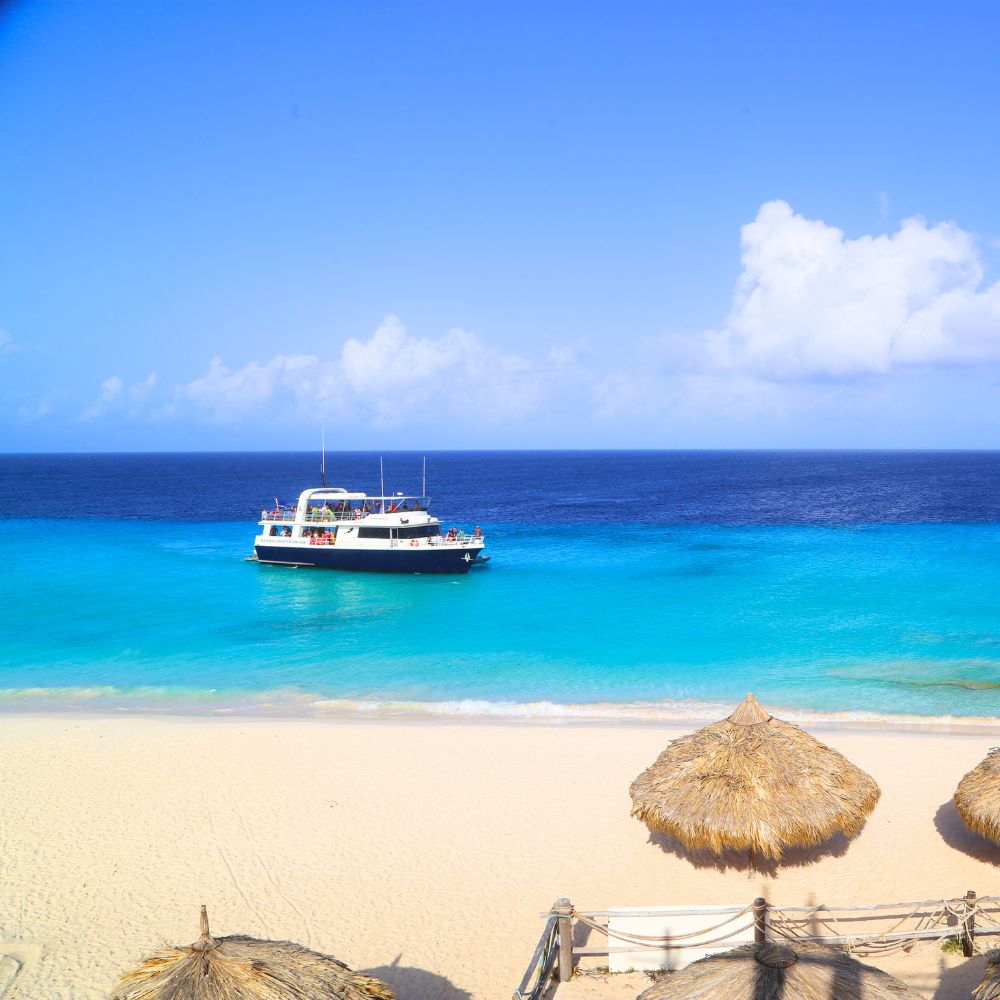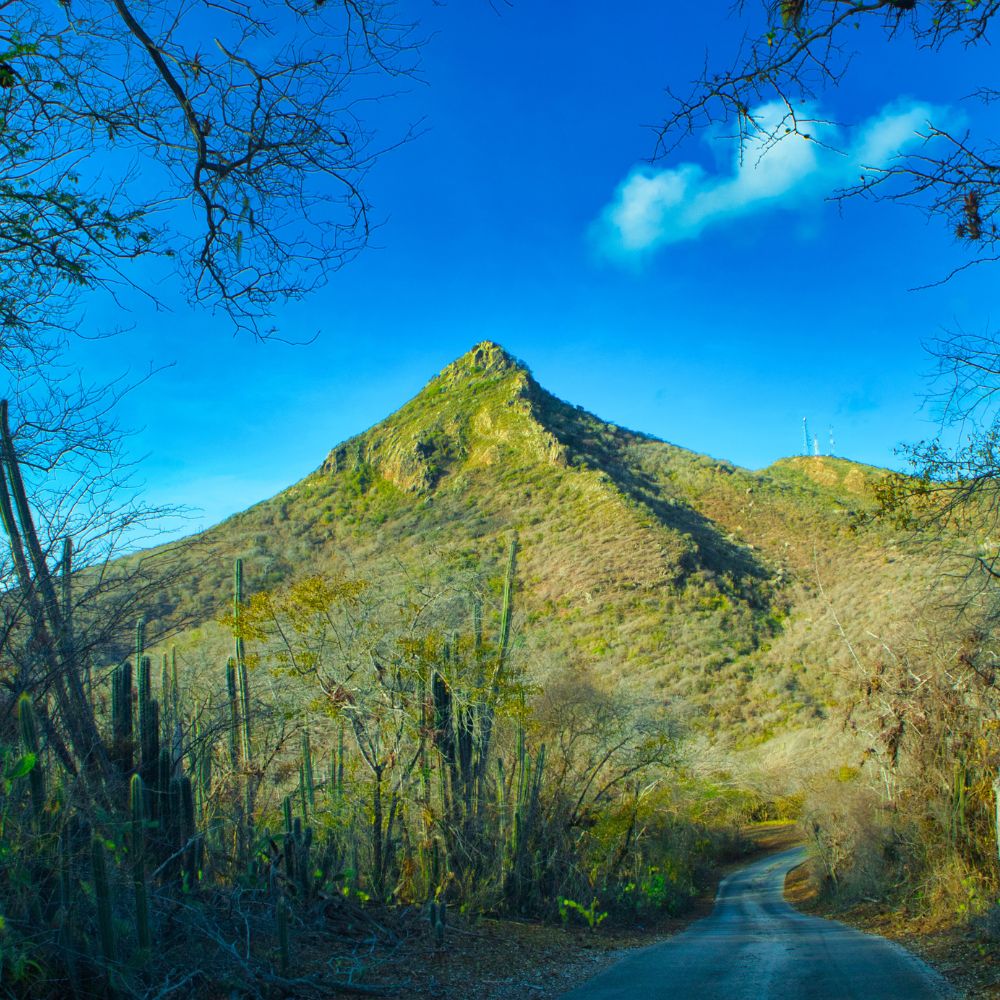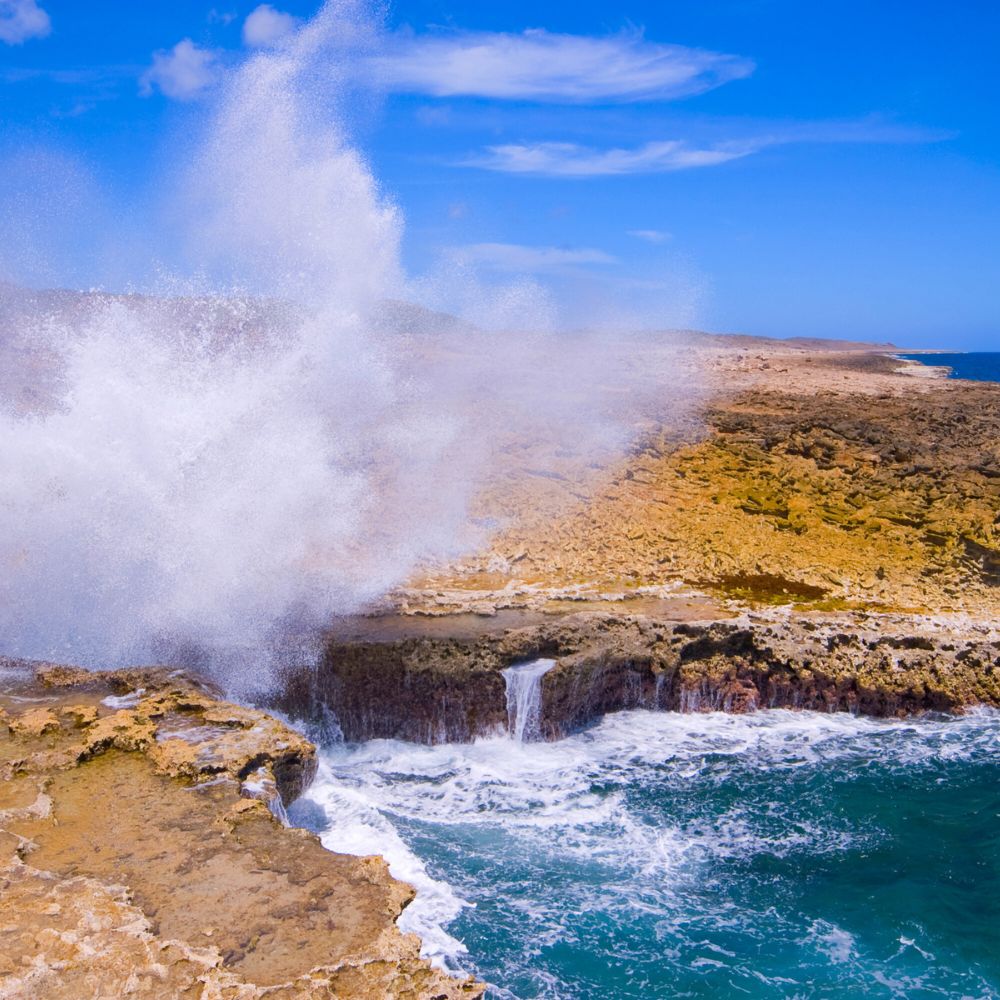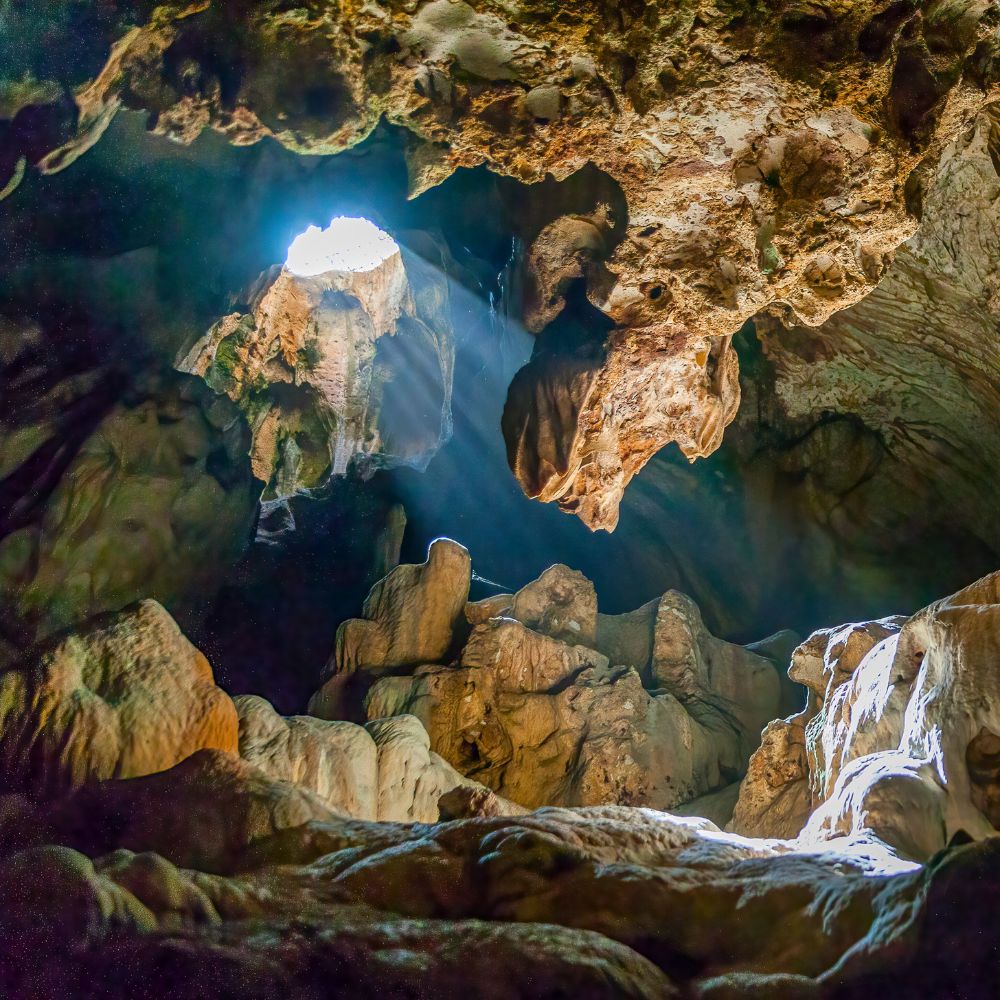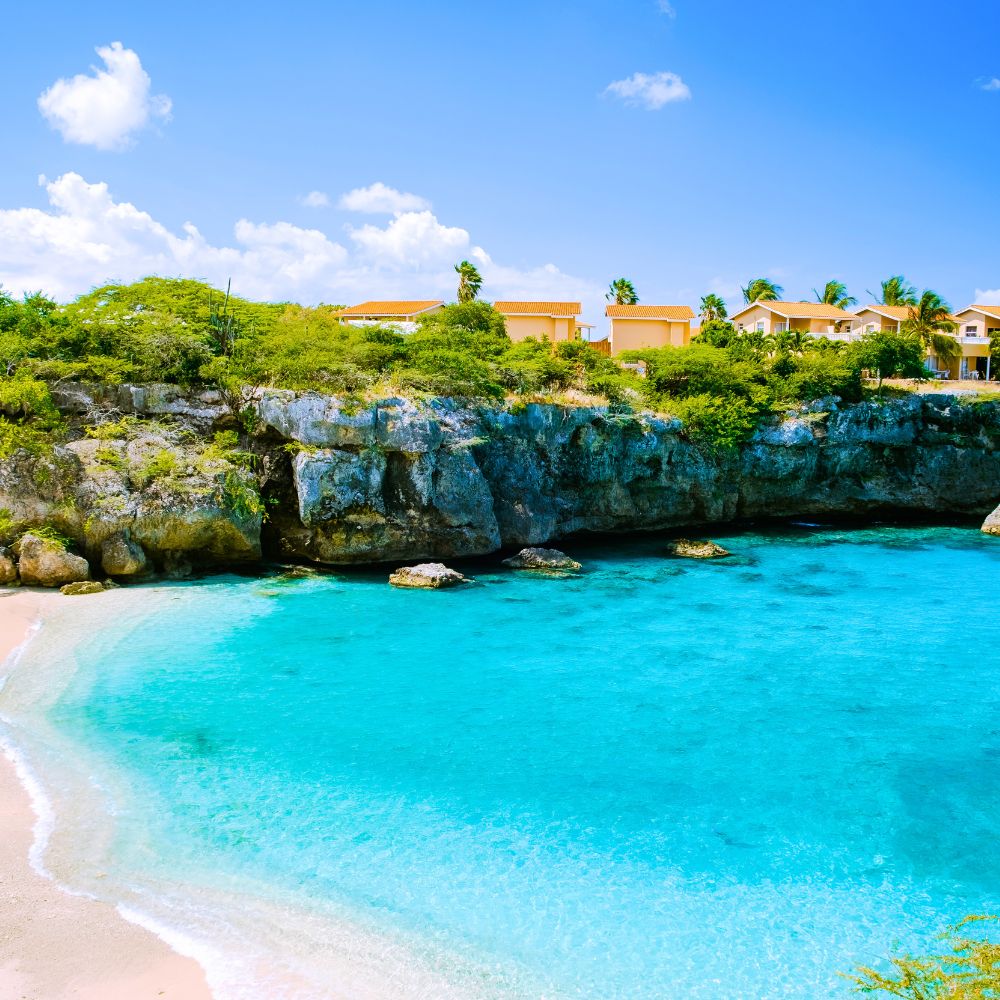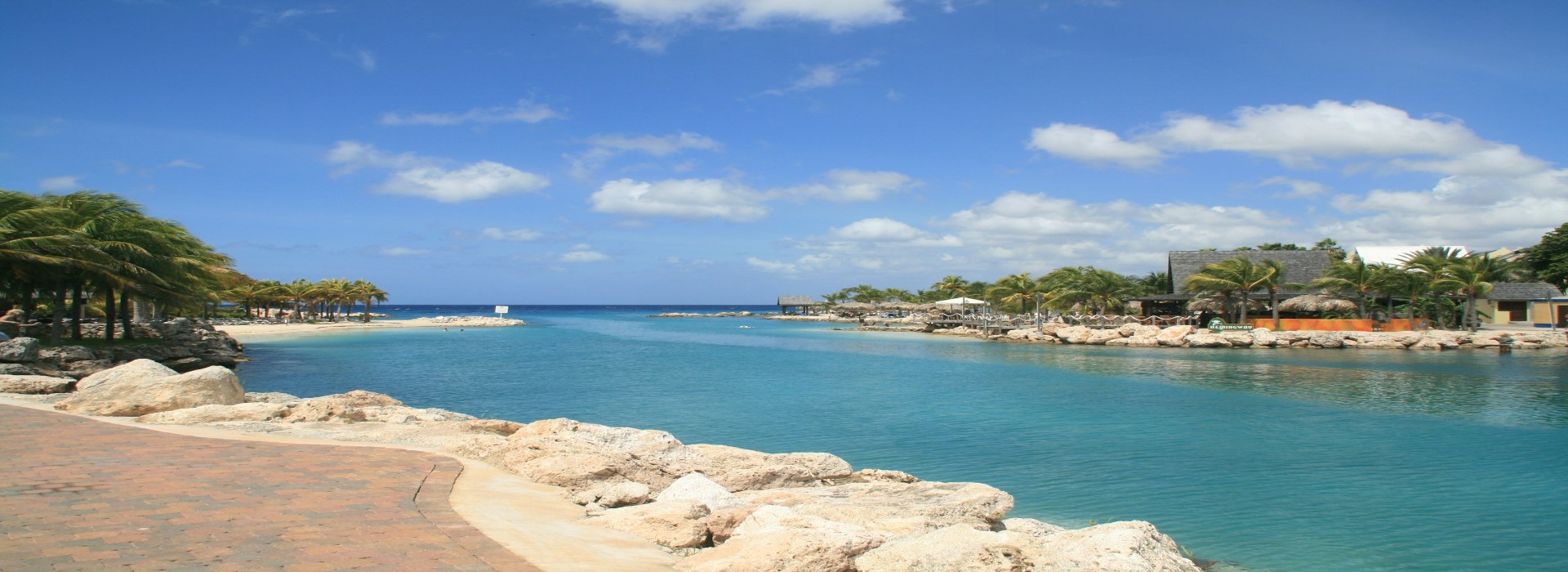
Rent a Car in Curaçao
Step 1: Choose Your Ideal Pick-Up and Drop-Off Spot
Planning a beach escape or a city stay? Whether you are landing at Curaçao International Airport (CUR) or staying in popular areas like Willemstad, Finalrentals offers convenient car rental locations across the island. Pick up your car at the airport or in town — whatever fits your trip best. Flexible return options make it easy to stay on schedule without extra travel hassle.
Step 2: Pick the Right Vehicle for Island Driving
Curaçao is made for road trips — from pastel-colored streets in Willemstad to the sandy shores of Cas Abao and rugged paths around Christoffel National Park. Choose from compact cars for easy parking, convertibles for ocean views, or SUVs for off-beat routes. At Final Rentals, we offer well-maintained vehicles that suit couples, families, and solo travellers alike.
Step 3: Book in Minutes with Instant Confirmation
Ready to drive? Final Rentals makes booking a car in Curaçao fast and simple. Select your travel dates, choose your vehicle, and confirm your booking in seconds. No hidden fees, no confusing terms — just a straightforward rental process with flexible changes and transparent pricing.
Most Popular
Our Recommendations For Curacao
Experience Curacao Must-Visit Destinations and Iconic Sights
Why Rent a Car in Curaçao with Final Rentals?

Competitive Local Rates
Get great value on your rental with exclusive discounts and seasonal promotions. Whether you are staying for a few days or a full week, we help you stretch your budget further.

No Hidden Fees
We believe in honest pricing. What you see during checkout is exactly what you will pay — no surprise charges when you return the car.

Airport and City Coverage
Arriving early or late? No worries. We offer airport pickup at CUR and rental points across key areas of Curaçao to match your travel schedule.

Clean and Safe Cars
Every car is regularly serviced and cleaned before pickup. Enjoy peace of mind on your island journey with a rental you can trust.
Present in 57 countries across 5 continents

Albania

Antigua and Barbuda

Argentina

Aruba

Austria

Azerbaijan

Bonaire

Bosnia

Canada

Cayman Islands

Chile

Costa Rica

Croatia

Curaçao

Cyprus

Dominica

Dominican Republic

El Salvador

Fiji

Georgia

Germany

Greece

Grenada

Iceland

Italy

Jamaica

Jordan

Kenya

Lithuania

Malta

Mauritius

Mexico

Montenegro

Morocco

Portugal

Puerto Rico

Qatar

Reunion

Romania

Saint Lucia

Saudi Arabia

Serbia

Sint Maarten

Slovakia

Spain

Suriname

Switzerland

Tanzania

The Bahamas

Trinidad and Tobago

Turkey

Turks and Caicos

United Arab Emirates

United Kingdom

United States

Zambia

Zimbabwe
Catch up on our latest articles
Car Rentals in Curaçao: FAQs
What are the minimum age and license requirements for renting a car in Curaçao?
To rent a car in Curaçao, you must be at least 21 years old and have held a valid driver’s license for a minimum of two years. Some rental agencies may apply a young driver surcharge for those under 25. International visitors can drive with a valid U.S. driver’s license—there’s no need for an International Driving Permit unless your license is not in Latin characters.
Is drinking and driving allowed in Curaçao since there’s no legal blood alcohol limit?
While Curaçao has no official legal blood alcohol limit, drinking and driving is still strongly discouraged. Authorities can still fine or detain drivers who appear impaired. Road safety is a priority, and impaired driving puts everyone at risk. If you plan to enjoy alcohol during your stay, it’s smart to have an additional driver listed on your rental agreement or use a taxi to avoid legal issues or accidents.
Can I turn right on red at traffic lights in Curaçao?
No, right turns on red lights or stop signs are illegal in Curaçao. Even if the road looks clear, making a right turn on red can result in fines or confusion with local drivers. Visitors from countries where this is allowed (like the U.S.) should be extra careful and follow local traffic laws. Always wait for a green signal or directional sign indicating the correct action before turning.
Is it safe to drive outside of Willemstad at night in Curaçao?
Night driving outside the main city areas can be risky in Curaçao due to poor road lighting, limited signage, and patchy GPS coverage in rural zones. Roads may be uneven or poorly marked, which increases the chances of getting lost or encountering road hazards. If you're unfamiliar with the island, plan to finish long drives before dark or stick to well-travelled routes to stay safe and oriented.
Where can I find affordable or free parking in Willemstad?
Street parking in Willemstad can be expensive, with metered rates averaging 28 ANG (~ USD 15) per 15 minutes. However, you can save money by parking after 6:00 PM, when street parking becomes free. For budget-conscious travellers, the Waaigat parking lot offers free 24/7 parking, just a short walk from city attractions. Plan your visits around these times or locations to avoid high parking costs during daytime hours.
What are the speed limits in Curaçao for different areas?
Curaçao has strict speed regulations based on population density. In urban or residential zones, the speed limit is 45 km/h (28 mph), while in less populated or open areas, it increases to 80 km/h (50 mph). Speeding is taken seriously, and although enforcement may seem light, road conditions can be unpredictable. Stick to posted limits, especially near schools, marketplaces, and winding coastal roads.
What side of the road do people drive on in Curaçao?
In Curaçao, driving is on the right-hand side, similar to the U.S. and much of mainland Europe. Tourists will find the road layout and signage easy to adapt to, especially if they're from countries with the same driving orientation. However, be cautious at roundabouts and intersections, as right-of-way rules may differ slightly from what you're used to.
Are there any road rules for children and seatbelts in rental cars?
Yes, Curaçao enforces strict seatbelt laws. All passengers, including those in the back seat, are required to wear seatbelts. Additionally, it is illegal for children under 12 to sit in the front passenger seat. If you’re travelling with kids, ask your rental provider for a child or booster seat—these may be available as paid extras and help you stay compliant with local laws while keeping your family safe.
What is the average cost of renting a car in Curaçao?
On average, car rentals in Curaçao cost about $48 per day, with weekly rates averaging $337. Economy cars may start from as low as $28/day, depending on the season and demand. Monthly rentals can cost around $1,446, making long-term rentals ideal for extended stays. Booking early and avoiding peak seasons can help you secure the best rates, especially if you're renting in Willemstad, the most popular pick-up location.
Where should I drive to explore Curaçao’s best natural sights?
For scenic drives, start from Curaçao International Airport and take the Weg Naar Westpunt, the island’s main road running north through the interior. This route leads to Sabana Westpunt, passing beaches, cliffs, and nature parks along the way. For southern travel toward Willemstad, expect to use local roads, which may be slower and more winding. A car gives you full flexibility to explore the island’s stunning coastline and hidden gems.
Are fuel prices expensive in Curaçao?
Fuel in Curaçao is fairly priced compared to global averages. Gasoline costs approximately 2.05 ANG per litre (about USD 1.08) and USD 4.10 per gallon. Diesel is slightly cheaper, at 1.58 ANG per litre (around USD 0.96), or USD 3.66 per gallon. Fuel stations are common in Willemstad but may be less frequent in remote areas, so it's a good idea to fill up before long drives.
Does Curaçao have toll roads or extra driving fees?
No, Curaçao does not have toll roads, which makes it easy to explore without worrying about additional driving fees. However, keep in mind that parking and fuel can be costly, and some rental companies charge for extras like GPS, child seats, or additional drivers. Always review your rental agreement carefully before signing to avoid unexpected charges.
Can GPS be trusted for navigation in Curaçao?
While GPS works well in and around Willemstad and major roads, it may struggle in rural or poorly marked areas due to limited data coverage. It’s wise to have an offline map or a backup navigation app, especially if you're planning to explore nature reserves or coastal villages. Also, street signs in Curaçao can be inconsistent, so combining digital tools with basic directional awareness is the best approach.


